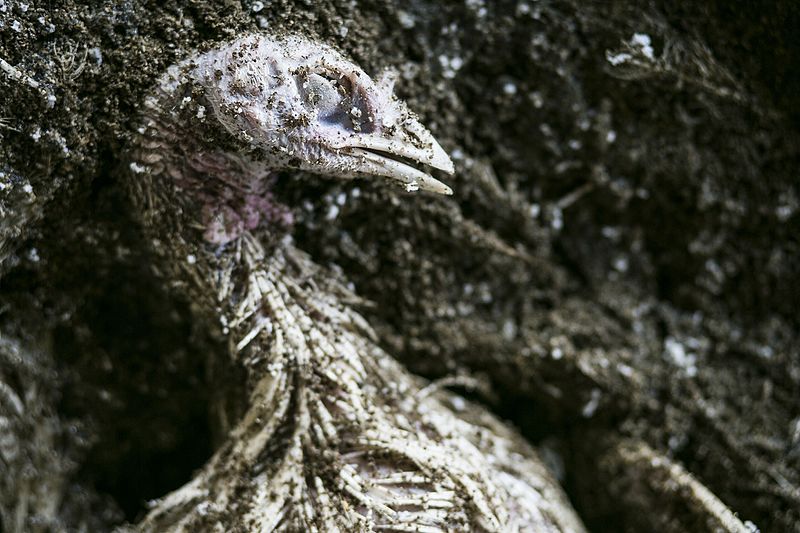
A new strain of bird flu that kills nearly 40 per cent of it infects has been identified as the most likely candidate to spark a worldwide flu pandemic.
Professor Jonathan Van-Tam, deputy chief medical officer for England, identified the virus as H7N9 — which is currently circulating among poultry in China.
All over the world, scientists are on high alert for what the World Health Organisation (WHO) has dubbed “disease X” — an as yet unidentified pathogen that could prove as destructive as the 1918 Spanish flu, which killed up to 100 million people a century ago.
Last August, we reported on the emergence of an H5 strain of bird flu in Pampanga. Although it was confirmed that H5N6 could spread to humans, no cases were reported, despite the deaths of some 300,000 birds.
Prof Van-Tam said the UK government was rushing to gather intelligence on the H7N9 virus – including its geographic spread, the number of human cases and any changes in its genetic structure.
“H7N9 is an example of another virus which has proven its ability to transmit from birds to humans. It’s possible that it could be the cause of the next pandemic,” he told the UK’s Daily Telegraph.
So far 1,625 people in China are known to have been infected with the H7N9 virus, with 623 dying as a result.
Most of those infected had been been in close contact with poultry.
It is unknown how long the virus has circulated among poultry, but it was first identified in humans in 2013. In birds, the virus generally does not cause any symptoms, but in humans it can cause serious illness and – in 38 per cent of cases – death.
So far, there have been no recorded cases of H7N9 being passed from one person to another. However, experiments on animals suggest that it was just three mutations away from being able to do so.
H7N9 causes a high fever, cough and shortness of breath —which can rapidly progress into severe pneumonia. Those with the severe form of the disease can develop acute respiratory distress syndrome, septic shock and multi-organ failure.
Pregnant women, older people and those with underlying health conditions are most likely to become seriously ill or die, according to the WHO.
H7N9 is closely related to avian bird flu H5N1, which jumped into humans in 2003. This strain killed about 400 people worldwide but did not spark a global pandemic.
The highest number of cases of H7N9 infection were in the winter of 2016-17 when there were 460 cases. This year there have been just three.
